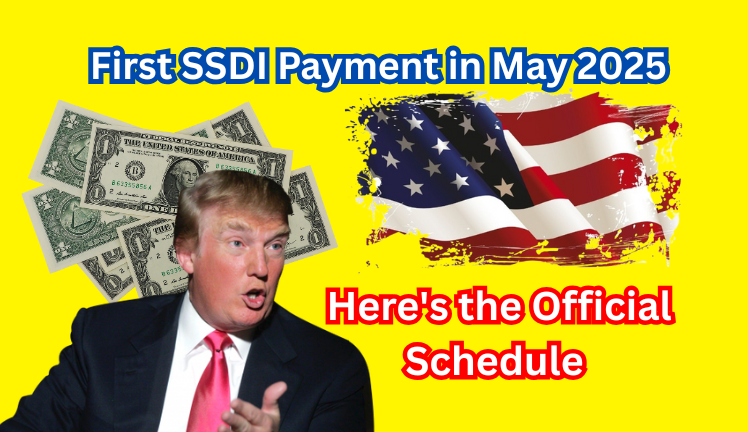Key Dates for the First SSDI Payment in May 2025: What You Need to Know
Social Security Disability Insurance (SSDI) offers monthly income to workers who can’t continue their jobs due to serious health conditions. This benefit isn’t built on financial need like Supplemental Security Income (SSI), instead, it’s earned through past work experience and Social Security tax contributions. Essentially, SSDI works as insurance for individuals who’ve been contributing to the system.
To be eligible for SSDI, a person must have a disability acknowledged by the Social Security Administration (SSA) preventing them from working substantially. This eligibility also depends on the candidate’s work credits, which accumulate through work duration and payment of Social Security taxes.
SSDI payments are designed to cater to basic needs, such as food, housing, and healthcare. After receiving benefits for two years, SSDI beneficiaries are automatically enrolled in Medicare for comprehensive medical coverage. In certain situations, family members like spouses, minor, or disabled adult children may qualify for auxiliary benefits.
The SSA calculates SSDI benefits according to a recipient’s average earnings before the manifestation of the disability. The benefit amount doesn’t rely on disability severity but on previous work and earnings history. SSDI payments are scheduled based on the individual’s birth date, primarily through depositing directly into the recipients’ bank accounts.
In case of missing SSDI deposits, it’s advisable to wait three business days then verify with the banking institution to rule out any banking errors. If the account seems fine, it is recommended to contact the SSA directly for further assistance. Keeping your Social Security number and recent SSA communication handy can speed up the process.
For smooth SSDI benefits, recipients are required to maintain their contact information, banking details, and current work activity status with the SSA. Prompt responses to notices or information requests can prevent delays or pauses in benefit issuance.
SSDI is a crucial support scheme for many Americans living with disabilities, offering financial stability and healthcare access when they can’t work.
To learn more about navigating SSDI or if you have questions about your specific situation, seek assistance from their customer service. For Californians who are dealing with unemployment and disability benefits, the fastest way to get through to EDD is through the website, eddcaller.com, which provides guidelines, tips, and phone numbers to facilitate communication and ensure your inquiries get addressed promptly.
